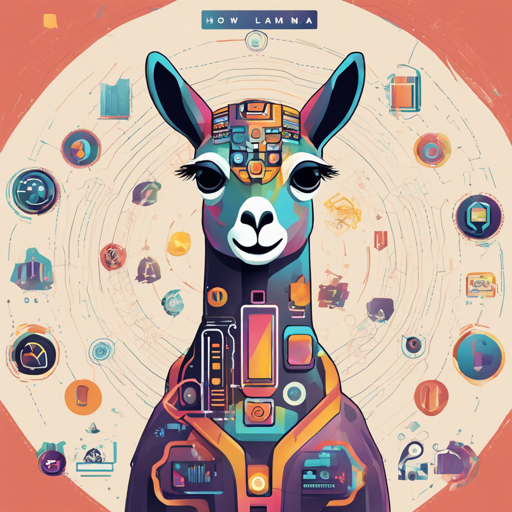Meta Llama 3, released on April 18, 2024, is a powerful language model designed for various applications in natural language processing. Here, we’ll walk you through the essential steps to get started with this model and ensure you adhere to its Community License Agreement.
Getting Started with Meta Llama 3
To begin using Meta Llama 3, you need to download the model and understand the license agreement’s key points to use it properly.
Step 1: Downloading Meta Llama 3
You can access the models and documentation by visiting the following links:
Step 2: Understand the License Agreement
Before you start using the Llama Materials, it’s crucial to understand your rights and responsibilities as outlined in the Meta Llama 3 Community License Agreement.
Key Points of the License
- You may use, reproduce, distribute, and modify Meta Llama 3 and its documentation.
- When distributing Llama Materials, you must include the license agreement and clearly state “Built with Meta Llama 3”.
- Maintain proper attribution in your distributed copies.
- Comply with laws and Meta’s Acceptable Use Policy.
Using the Model
Utilizing Meta Llama 3 effectively can enhance your applications significantly. But using it requires some technical know-how.
Step 3: Running the Model
Once you have downloaded the model files, you can integrate them into your applications. The model offers various quantization levels, which can be compared to different recipes for making the same dish. Depending on your available resources (RAM and VRAM), you can choose a “quant” that best fits your needs.
Choosing the Right Quantization
- If you want maximum speed, fit the model to your GPU’s VRAM.
- If quality is your priority, combine your system RAM and GPU VRAM to choose an appropriate quant that is 1-2GB smaller.
- For easier management, opt for K-quants (e.g., Q5_K_M).
- If you’re technical and seeking optimization, I-quants (e.g., IQ3_M) offer better performance for their size.
Troubleshooting
While using Meta Llama 3, you might encounter some issues or need clarity on specific points. Here are some troubleshooting tips:
- Issue: Model is not running properly.
Check your hardware specifications to ensure they are compatible with the quantization you selected. - Issue: License Agreement Confusion.
Review the documentation for detailed explanations of license terms. - Issue: Feedback on generated content.
Use the feedback forms available on [Facebook Developers](https://developers.facebook.com/llama_output_feedback) to report content issues. - Issue: Errors with downloaded files.
Make sure to download files directly linked on the Hugging Face page to ensure accuracy.
For more insights, updates, or to collaborate on AI development projects, stay connected with fxis.ai.
Conclusion
At fxis.ai, we believe that such advancements are crucial for the future of AI, as they enable more comprehensive and effective solutions. Our team is continually exploring new methodologies to push the envelope in artificial intelligence, ensuring that our clients benefit from the latest technological innovations.

